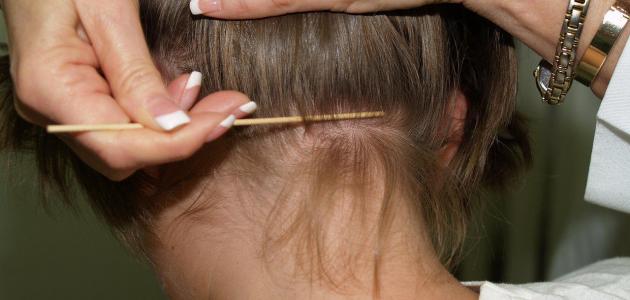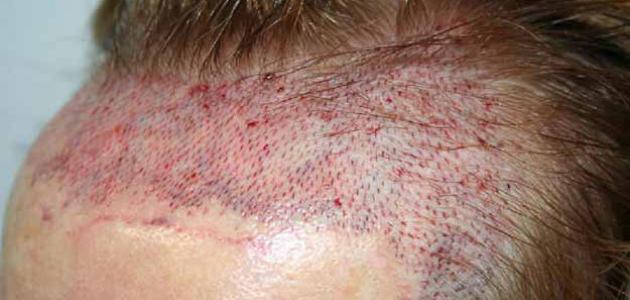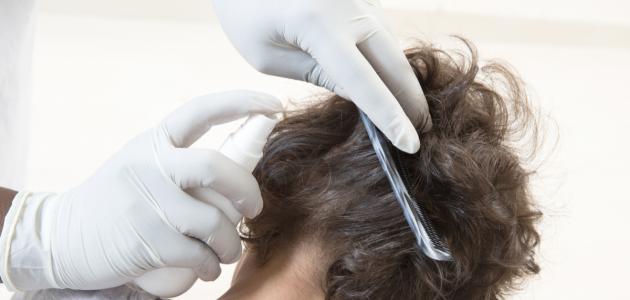Contents
Baldness and hair transplantation
There are hundreds of treatments used for baldness, but in fact, the scientifically approved medical methods do not exceed three methods, which we will review in this article with more details about hair transplantation. [1]
Ways to treat baldness
First method
Minoxidil topical treatment. It is a liquid that is applied to the affected area in the form of a spray or drops, and it helps in hair growth. And it is used daily for at least six months. It gives good results, especially in beginning cases, and it primarily prevents further hair loss and encourages the growth of existing hair. But its main problem is that its results are temporary, so we find that when the patient stops using the treatment after three months, the hair begins to fall out and the situation returns to what it was after stopping nearly six months. Among the side effects of this treatment is the occurrence of irritation and itching, especially with the use of a high concentration of this drug. [2]
The second method
It is the use of the drug Finasteride, which is the same drug used to treat an enlarged prostate in men, but we only use one-fifth of the dose here. And it is forbidden to give this medicine to women who are at risk of getting pregnant because it causes side effects on the fetus. And this medicine is taken by mouth in the form of pills on a daily basis for at least six months. It helps in hair growth and stops hair loss. Among its rare side effects is its effect on the marital relationship among men. As stated above in the first method, this medicine is effective, but it has a temporary effect, and it disappears after stopping the use of the drug for several months. [2]
The third method
It is hair transplantation, and by that it is intended to transfer hair follicles from the back of the head to the balding area in the front. This is the only method that gives permanent results. . Scientific research has revealed that the hair at the back of the head is not subject to baldness, and when it is transferred to the front of the head, it retains the same characteristic and does not fall out, and this method has been used for several decades, but it has gone through stages of development and specific shifts. It began in the seventies AD with the way of large circular biopsies, whereby circular pieces of 3 or 4 mm are transferred from the back of the head from the posterior region, and suitable-sized incisions are made at the front of the head to stabilize these biopsies, which contain many hair follicles.[3]
Hair Transplant
The matter developed in the nineties and began to reduce the size of biopsies until the method of FUT hair transplantation appeared. It is the most successful method practiced by most hair transplant specialists around the world and gives natural-looking results where the appearance of hair clumps similar to doll's hair is avoided in this method. The details of this method are as follows: [4]
- After evaluating the patient's condition and making sure that his condition is suitable for transplantation and that he is free of contraindications for surgery, such as increased blood flow, poor wound healing, or severe diseases affecting the liver, kidneys or heart, the details of the operation are explained to the patient and his consent to the operation is obtained. The operation is performed under local anesthesia and does not require hospitalization, but it takes 8-10 hours, depending on the needs of the case and the area to be transplanted. Initially, local anesthesia is applied to the back of the head (the donor area), and then a slice of skin is taken that does not usually exceed one centimeter in width and varies in length depending on the case, and this area is then closed with special sutures that are removed a week after the operation.
- Then this skin slice is transferred to a cooled liquid and is cut into thin pieces, and then each hair unit is separated by itself, and this may contain one, two, or three, and rarely four or five hairs. Meanwhile, the specialist physician numbs the receiving area (front) in the same manner mentioned in the donor area, after which openings are made to enter the hairs inside it, and these openings are made in specific directions and distances governed by precise technical considerations. And this transplantation process (i.e. inserting the follicles into the designated holes) lasts for several hours.
- Thus, the transplantation process is over, and then a bandage with antibacterial paint is placed on all the two areas (donor and recipient), after which the patient comes to the next evening to the clinic to do shampooing in a special way so that the newly transplanted hair does not fall out. Great effort, especially in the first week after transplantation, so that the transplanted hairs do not come out of their places. It is worth noting that hair transplantation in this way is the most common method in the world, but it consumes a lot of effort, time and money. Usually, the transplantation route consists of a doctor in addition to four to five trained technicians to separate the hairs from each other under magnifying lenses, as well as to the process of inserting hairs into the openings designated for them in the receiving area, which requires a lot of patience, skill and focus at the same time. [3]
Hair transplantation is one of the most successful cosmetic surgeries, given that it has minor complications that are rare and can be treated easily. One of the most important complications is the occurrence of some pain after the operation, and it can be overcome with sedative medications, especially on the first day, and in rare cases, inflammation may occur at the site of the operation, but this can be prevented or mitigated with appropriate antibiotics. [4]
Take off hair units
There is a new method that appeared only a few years ago and it is called the FUE method of harvesting or extracting hair units. It is a very time consuming method in which the doctor takes each unit separately from the donor area by means of a very small circular scalpel (approximately 1 millimeter) and then it is transferred to the recipient area. This method is characterized by the absence of surgical sutures in the donor area, as is the case in the regular method. Hair can also be obtained from places other than the back of the head, such as excess hair in the chest, for example. But its biggest disadvantage is the increase in the material cost and the increase in the time spent in the process while obtaining only a limited number of hairs available for transplantation, so the removal process does not take a long time. For all the aforementioned reasons, this method did not meet the popularity that occurred to the previous method (method of hair transplantation, and in conclusion, the choice between these methods to stimulate or replace hair remains a joint decision between the patient and the doctor after giving a full explanation of the merits of the case and the available treatment methods.[1]
References
- ^ A b "FUE Hair transplant" , Hshairclinic , Retrieved 2018-6-8. Edited.
- ^ A b "How To Treat To Man Pattern Hair Loss" , Wikihow , Retrieved 2018-6-8. Edited.
- ^ A b of Jennifer Nelson (2015-12-7), "Hair transplant" , Healthline , Retrieved 2018-6-8. Edited.
- ^ A b Michael W . Smith 's (2017-12-7), "Hair Transplants: What ' To of the Expect" , WebMD. , Retrieved 2018-6-8. Edited.










